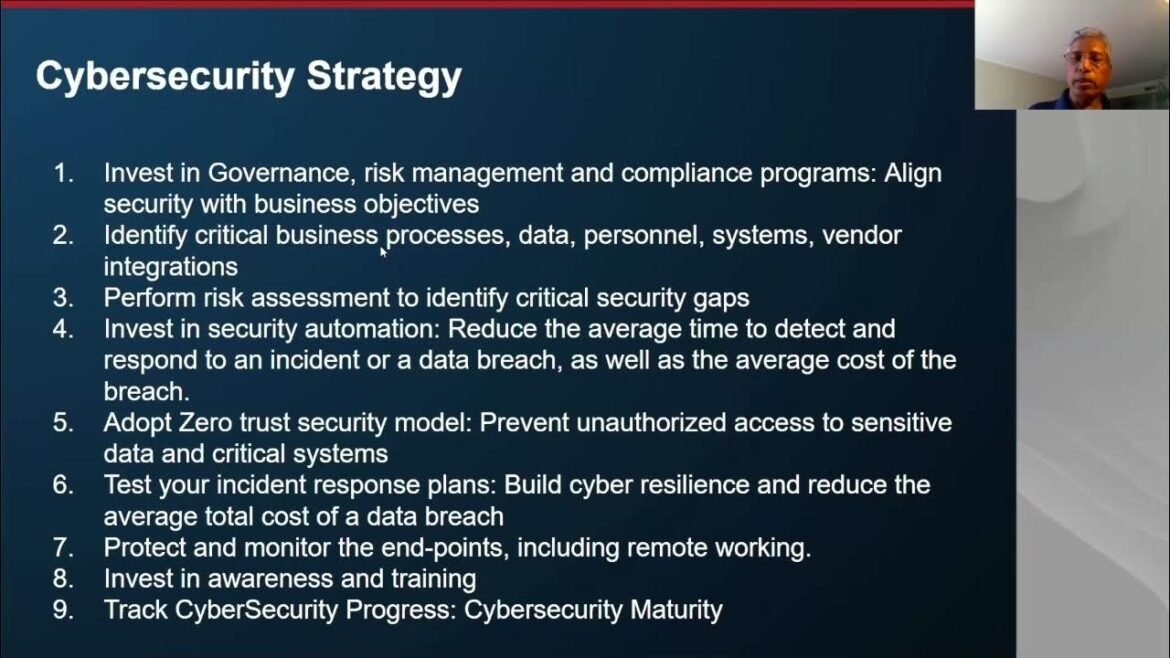
Understanding Compliance in Cybersecurity
Definition and Importance of Compliance in Cybersecurity
Compliance in cybersecurity refers to adhering to established regulations, standards, and best practices designed to protect sensitive data from threats. This adherence is not just a legal obligation; it is crucial for maintaining organizational integrity and trust. Companies face reputational risks and financial penalties if they neglect compliance. For example, when an organization suffers a data breach due to non-compliance, it often faces hefty fines, loss of customer trust, and legal ramifications.
Relation Between Compliance and Cybersecurity Strategy
Integrating compliance into an organization’s cybersecurity strategy is essential for creating a resilient security posture. Here’s why:
- Risk Management: Compliance frameworks help identify vulnerabilities.
- Resource Allocation: Guides funding priorities for security programs.
- Stakeholder Assurance: Boosts confidence among clients and partners.
In this way, compliance strengthens security measures and aligns them with broader business objectives. It’s about building a culture of security and accountability within the organization.
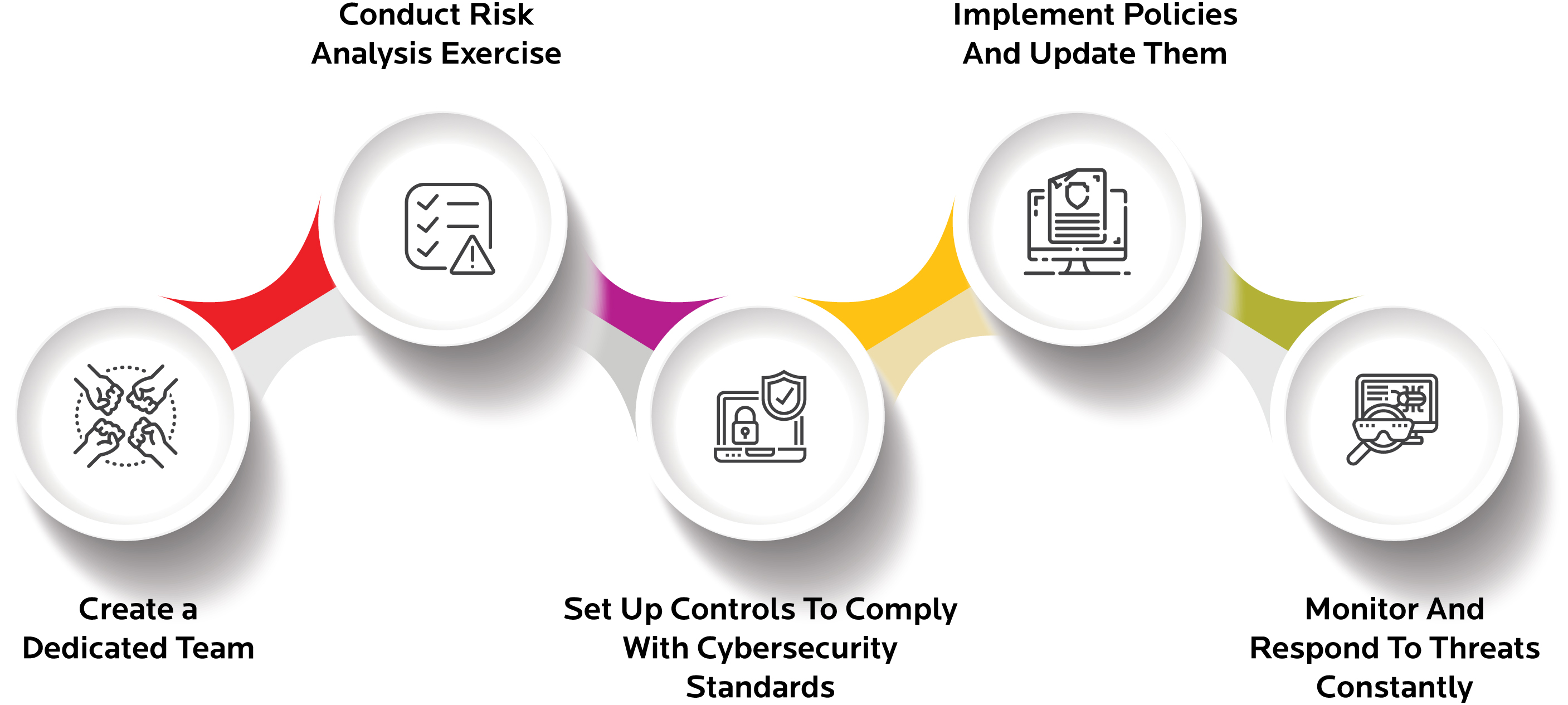
Legal Frameworks and Regulations
Overview of Major Data Protection Regulations
Navigating the complex landscape of data protection regulations is essential for organizations aiming to maintain compliance. Some of the most significant regulations include:
- General Data Protection Regulation (GDPR): Enforced in the EU, it mandates strict guidelines on data handling and user privacy.
- Health Insurance Portability and Accountability Act (HIPAA): Crucial for healthcare organizations in the U.S., it protects patient health information.
- California Consumer Privacy Act (CCPA): Focused on consumer rights within California, allowing individuals to control their personal information.
Understanding these frameworks helps organizations align their cybersecurity strategies with regulatory requirements.
Penalties for Non-Compliance with Cybersecurity Regulations
Failing to comply with these regulations can lead to severe consequences. Penalties may vary significantly based on the regulation, but they can include:
- Fines: GDPR violations can result in fines up to €20 million or 4% of annual global revenue, whichever is higher.
- Legal Actions: Organizations may face lawsuits from affected individuals.
- Reputation Damage: Non-compliance can erode trust and credibility with customers.
In short, the risks of non-compliance make it imperative for organizations to proactively implement rigorous cybersecurity measures.
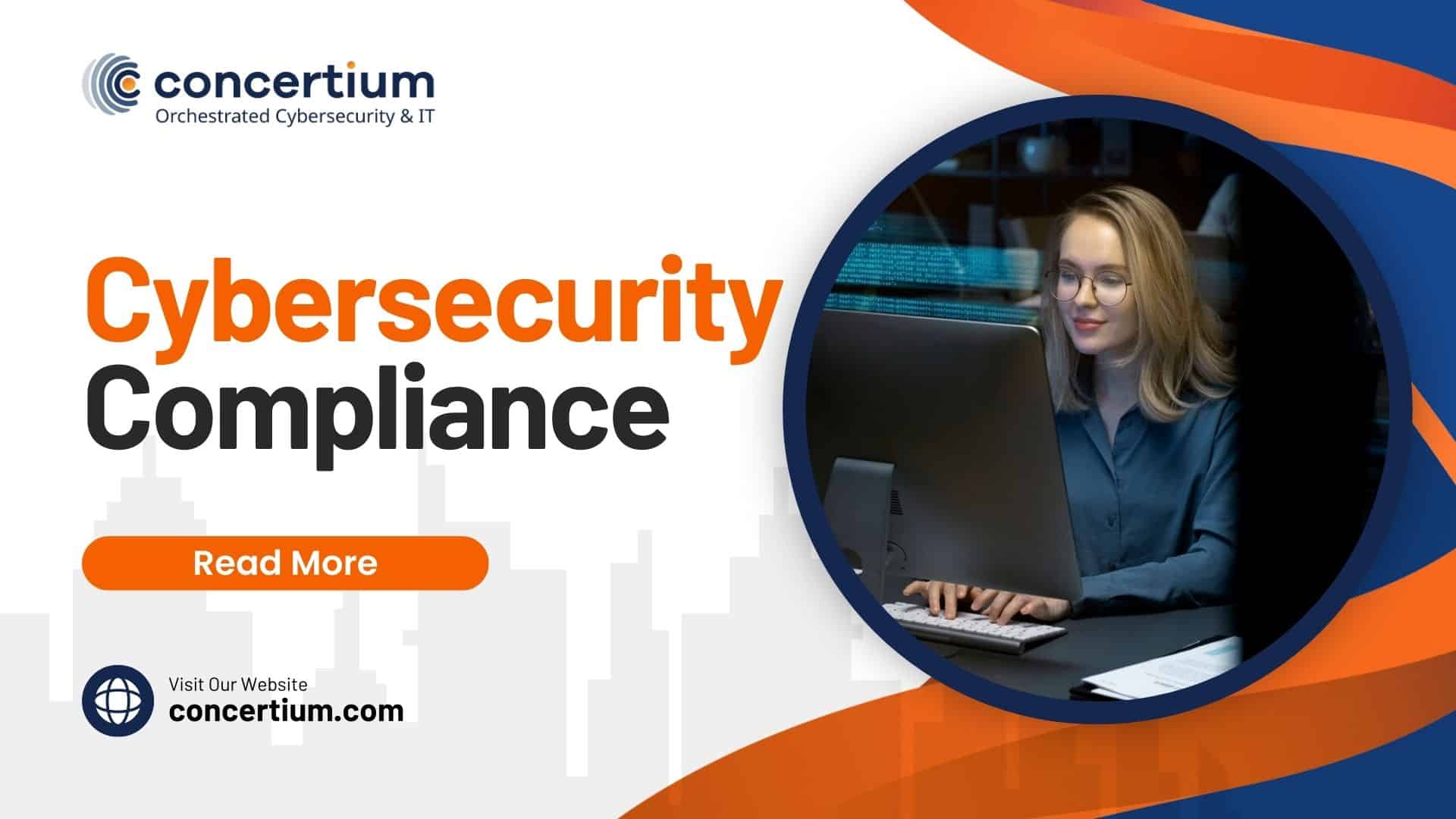
Benefits of Compliance in Cybersecurity
Enhancing Data Security
Compliance plays a pivotal role in enhancing data security. By adhering to established regulations and frameworks, organizations strengthen their defenses against cyber threats. Consider the following benefits:
- Structured Protocols: Regulations lay out clear security measures and best practices, reducing ambiguity.
- Regular Assessments: Compliance mandates regular audits and assessments, helping to identify vulnerabilities before they can be exploited.
- Improved Incident Response: Organizations often develop robust incident response plans as part of their compliance efforts, ensuring swift action against breaches.
These measures collectively bolster an organization’s ability to protect sensitive data.
Building Trust with Customers and Stakeholders
In today’s digital landscape, trust is paramount. Compliance fosters this trust in several ways:
- Transparency: Adhering to data protection regulations demonstrates transparency in data usage.
- Credibility: Compliance affirms the organization’s commitment to safeguarding customer information.
- Competitive Advantage: Businesses that prioritize compliance often stand out to customers who value security.
Personal experience shows that when companies openly communicate their compliance efforts, customers feel safer, leading to increased loyalty and positive relationships with stakeholders.
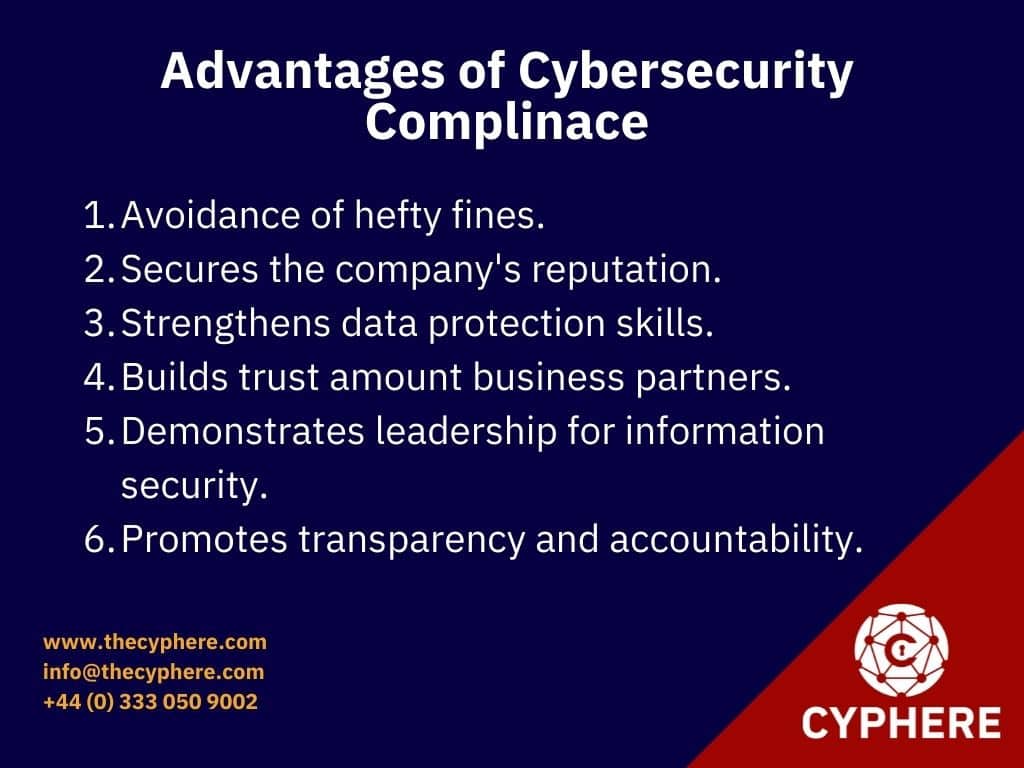
Implementing Compliance Measures
Conducting Regular Security Audits
To ensure ongoing compliance in cybersecurity, conducting regular security audits is essential. These audits serve as periodic check-ups for your organization’s data security health. For instance, a friend in IT once shared how a quarterly audit unveiled critical vulnerabilities that could have led to severe data breaches. The benefits include:
- Identifying Weak Spots: Audits systematically assess your defenses and expose areas needing improvement.
- Compliance Verification: They confirm adherence to regulatory requirements, essentially acting as a proof point.
- Ongoing Improvement: Each audit provides insights, enabling you to strengthen your security posture over time.
By institutionalizing audits, organizations can proactively safeguard against potential threats.
Training Employees on Compliance Protocols
Even the best compliance measures can falter if employees aren’t well-versed in protocols. Training staff on compliance not only empowers them but also fosters a culture of security. Here’s what effective training can offer:
- Awareness: Regular training sessions keep employees updated on the latest data protection regulations.
- Practical Skills: Hands-on exercises teach employees how to recognize and respond to security threats.
- Accountability: When employees understand their roles in maintaining compliance, it enhances overall organizational responsibility.
From personal experience, companies that invest in comprehensive training programs tend to see fewer security incidents and a stronger commitment from their staff to uphold compliance standards.
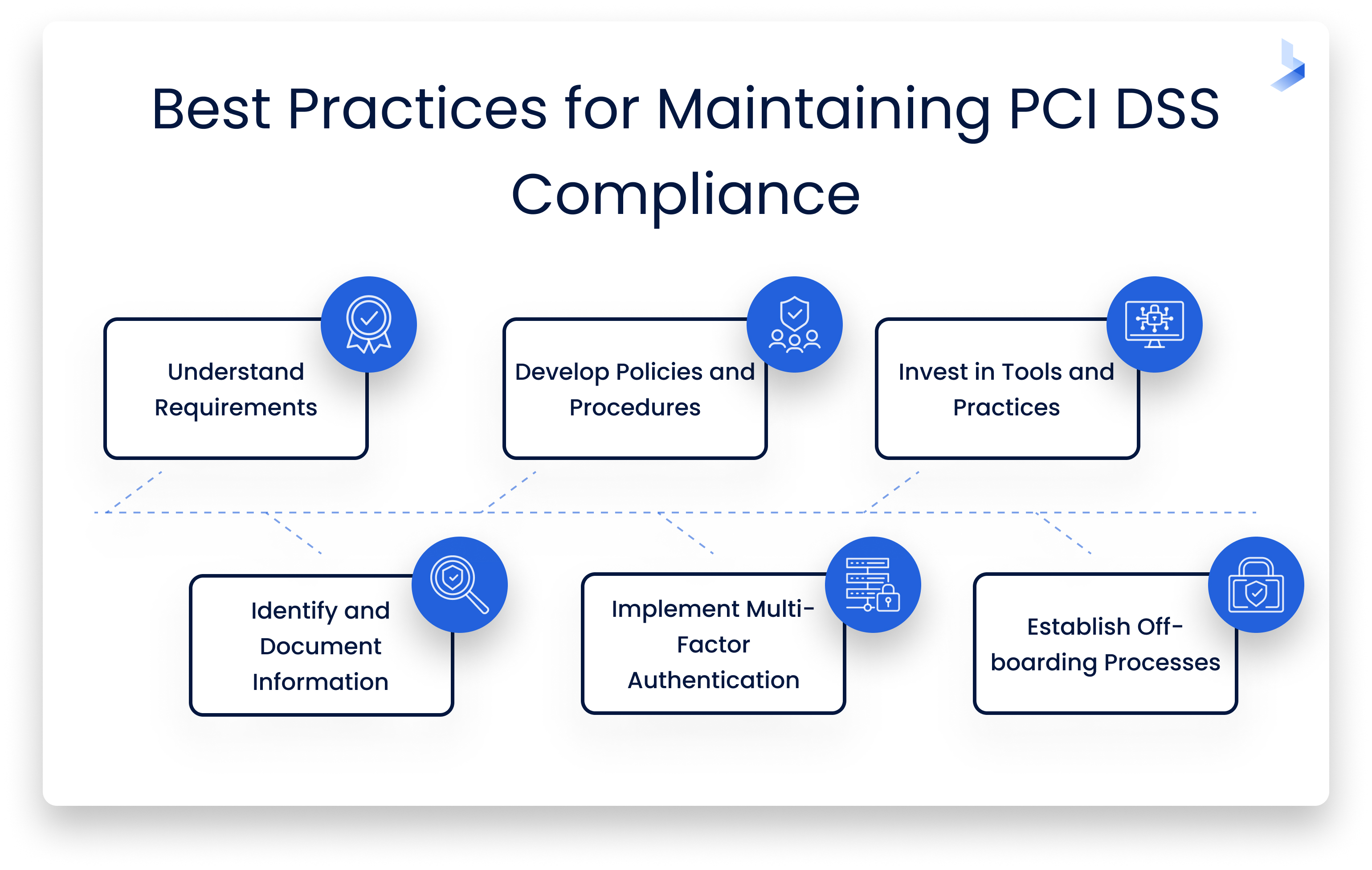
Compliance Tools and Technologies
Role of Automation in Compliance Management
As organizations strive for compliance, the role of automation in compliance management cannot be overstated. Automation streamlines processes, reduces human error, and enhances efficiency. For example, a colleague once implemented an automated reporting tool that significantly cut down the time spent on compliance assessments. Here are some benefits of leveraging automation:
- Efficiency: Automation accelerates data collection and reporting, allowing teams to focus on analysis rather than paperwork.
- Consistency: Automated systems ensure that compliance protocols are consistently applied across all departments.
- Real-Time Monitoring: With automated tools, organizations can continuously monitor compliance status, ensuring immediate action is taken if issues arise.
Integrating these technologies not only makes compliance management easier but also more effective.
Understanding the Importance of Encryption in Compliance
Encryption is a cornerstone of data protection and plays a vital role in compliance efforts. By converting data into secure code, encryption ensures that sensitive information remains inaccessible to unauthorized users. Benefits include:
- Data Integrity: Encryption helps maintain data integrity, ensuring that information is not altered during storage or transmission.
- Regulatory Requirement: Many data protection regulations mandate encryption for specific types of information, making it essential for compliance.
- Customer Confidence: When customers know their data is encrypted, it fosters trust and encourages engagement.
In my experience, organizations that prioritize encryption often find themselves better protected against breaches and are well-prepared to meet compliance requirements.
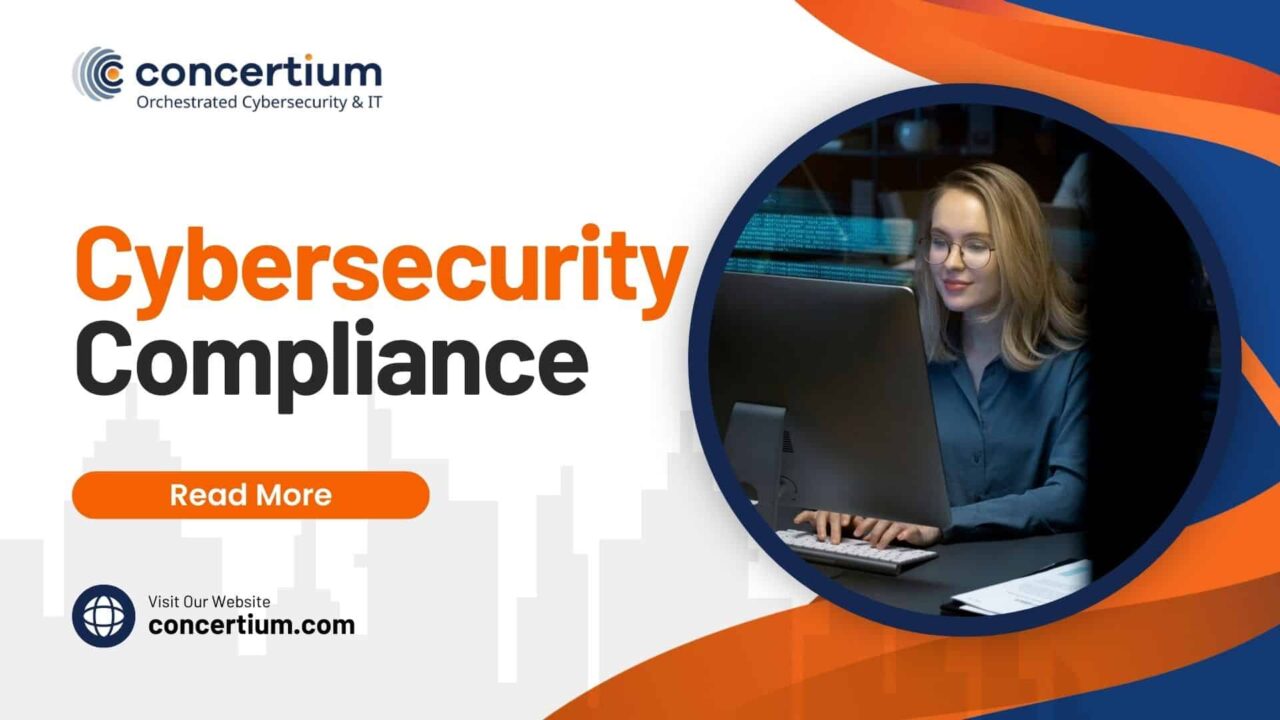
Challenges and Risks in Compliance
Dealing with Evolving Cyber Threats
One of the most significant challenges in compliance is staying ahead of evolving cyber threats. Cybercriminals are continuously devising new methods to breach security measures, making it vital for organizations to adapt. A friend working in tech recently shared how a sudden ransomware attack forced her company to rapidly update its compliance protocols. Here’s what makes this adaptation essential:
- Dynamic Threat Landscape: New vulnerabilities are discovered daily, requiring regular updates to compliance strategies.
- Resource Allocation: Organizations must invest in both compliance training and advanced security solutions to combat these threats.
- Proactive Measures: Staying informed about emerging risks allows for better planning and preparedness.
A proactive approach is crucial for ensuring that compliance efforts hold up against these persistent risks.
Balancing Compliance with Operational Efficiency
Another challenge lies in balancing compliance requirements with operational efficiency. While compliance is critical, it shouldn’t come at the expense of productivity. I remember a time when a compliance overhaul led one of my past employers to slow down operations significantly due to excessive checks. Here’s how to strike that balance:
- Streamlined Processes: Employ automation tools to minimize manual compliance tasks.
- Flexible Frameworks: Adopt compliance frameworks that integrate seamlessly into existing operations without disrupting workflows.
- Continuous Training: Educate employees on compliance while emphasizing the importance of efficiency.
By addressing this challenge, organizations can uphold their compliance commitments without hindering their operations, ensuring a smooth flow of business activities.
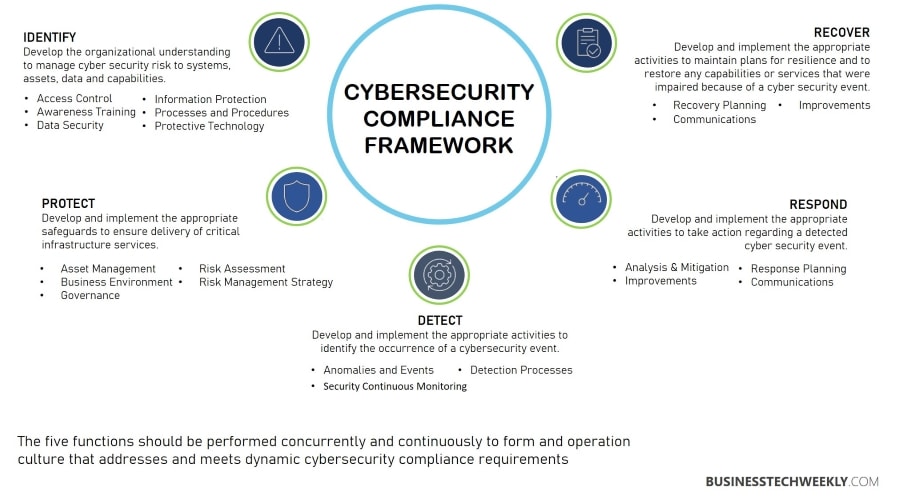
Future Trends in Compliance and Cybersecurity Strategy
Embracing Proactive Compliance Measures
As we look toward the future, embracing proactive compliance measures becomes increasingly essential. Instead of merely reacting to regulations, organizations are identifying potential risks before they manifest. A colleague in the cybersecurity field applied predictive analytics to foresee regulatory changes, dramatically improving their compliance readiness. Here’s why proactive measures matter:
- Risk Anticipation: By understanding emerging threats, organizations can adapt their strategies early.
- Continuous Improvement: Proactive compliance promotes ongoing adjustments based on real-time data and insights.
- Regulatory Adaptation: Anticipating regulatory shifts helps businesses stay ahead of the curve, mitigating potential penalties.
Implementing these measures is a strategic benefit in maintaining robustness in compliance frameworks.
Integration of AI in Compliance Management
The integration of Artificial Intelligence (AI) in compliance management is another trend reshaping the landscape. Utilizing AI can significantly enhance how organizations handle compliance activities. For example, at a previous job, we leveraged AI tools to automate routine audit processes, saving time and reducing human error. Here are some advantages of using AI in compliance:
- Data Analysis: AI can process vast volumes of data quickly, identifying trends and anomalies that may indicate compliance risks.
- Automation of Tasks: Routine checks and reporting processes can be automated, freeing up valuable human resources for strategic decision-making.
- Enhanced Decision-Making: AI-driven insights can guide compliance strategies, ensuring they are aligned with current threats and regulations.
As organizations embrace these technological advancements, the future of compliance management looks both efficient and effective.

Conclusion
Recap of the Significance of Compliance in Cybersecurity
As we’ve explored throughout this article, compliance is not just a regulatory requirement but a foundational element of a robust cybersecurity strategy. It enhances data security, minimizes potential liabilities, and builds trust with customers and stakeholders. For instance, organizations that prioritize compliance see fewer security incidents and enjoy a better reputation in their respective markets.
- Critical for Risk Management: Compliance frameworks guide firms in identifying and mitigating risks.
- Facilitates Continuous Improvement: Regular audits and training ensure that security measures evolve with emerging threats.
Final Thoughts on Building a Strong Cybersecurity Strategy through Compliance
Incorporating compliance into a broader cybersecurity strategy paves the way for sustainable growth. Organizations that leverage proactive measures and advanced technologies like AI are better equipped to face ongoing challenges. By fostering a culture that prioritizes compliance at every level—from the boardroom to the frontlines—businesses not only enhance their security posture but also protect their most valuable asset: trust. Investing in compliance is, unequivocally, an investment in the future of the organization.
